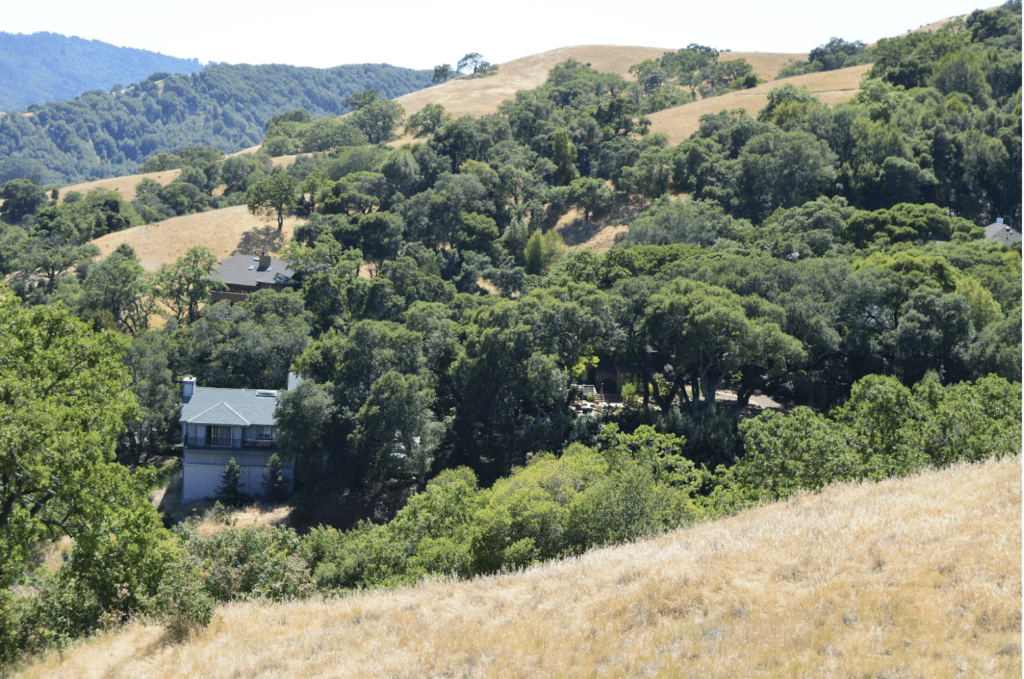
Wildfire and Your Home: Consider the Risks
Wildfire risk is based on several factors, including the likelihood and severity of wildfire, and the exposure and vulnerability of homes and communities.
 Ask yourself these questions:
Ask yourself these questions:
- What are the conditions on my property? (Start from the house and work out!)
- How “hard” is your home? (See the “House” section for more information)
- The more questions you can answer “yes”, the lower your risk of home ignition:
-
- Have you installed either 1/8” mesh over vents, or special California-approved vents for ember exclusion?
- Are your windows double-paned?
- Do you have non-flammable siding?
- Do you have a Class A roof?
- What steps should be taken working out into the landscape?
- Has Zone 0 (0-5’) been implemented?
- What are the conditions in Zone 1 (5-30’)?
- Is the landscape maintained to reduce ignition risk?
- What is the CAL FIRE hazard severity designation near your home: Very High, High, Moderate? What is the proximity of your home to wildlands?
- What is the topography around your home and how will it influence fire behavior? Fire science is discussed here.
- What are the resources and conditions in my neighborhood?
Each individual must assess their own personal risk and tolerance, but your risk decisions intersect with those of your neighbors!
Resources:
Understand Risk (US Forest Service, Wildfire Risk to Communities, 2022)
Explore Risk (US Forest Service, Wildfire Risk to Communities, 2022
Fire Hazard Severity Zones Maps (CAL FIRE)
